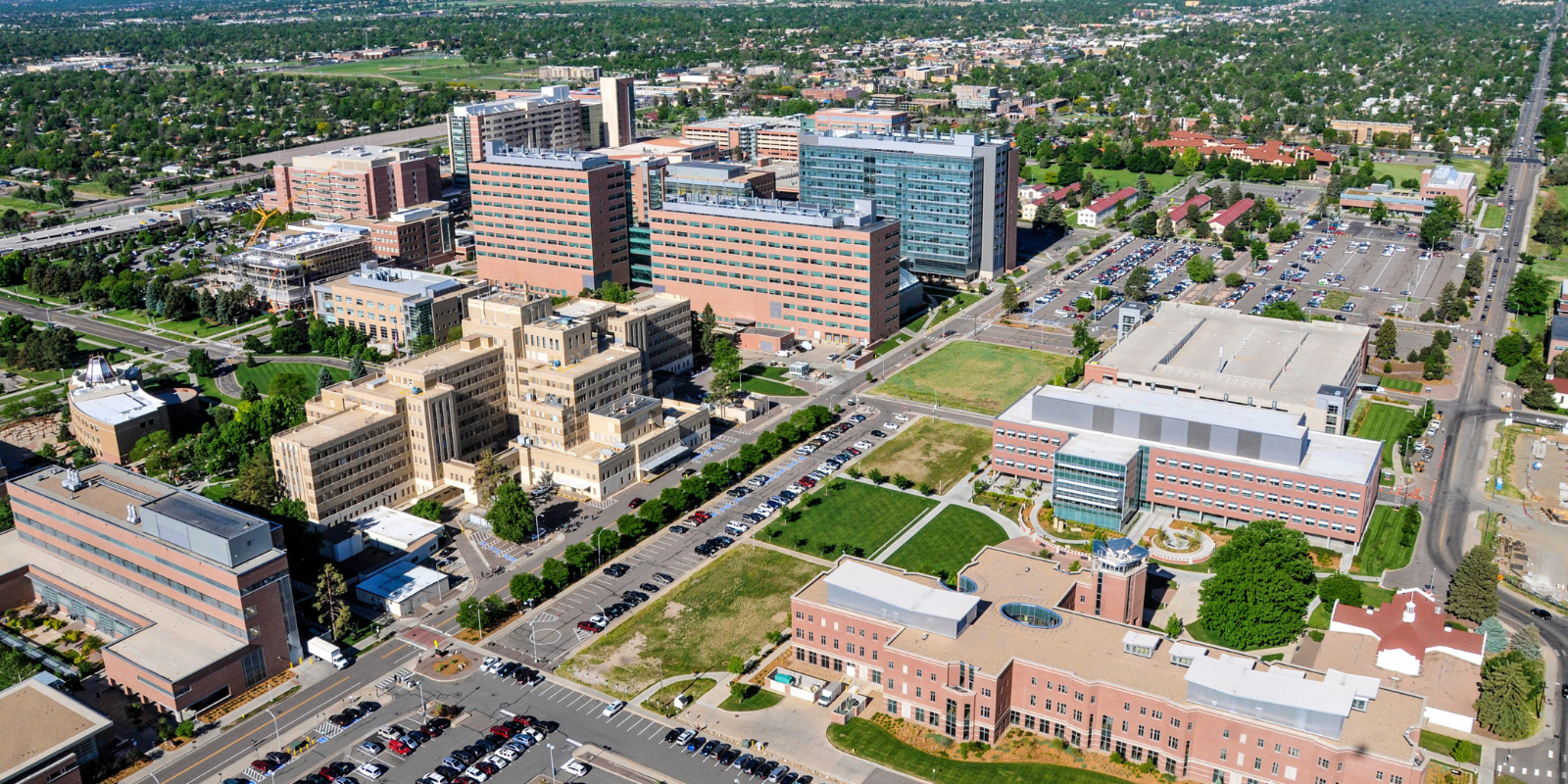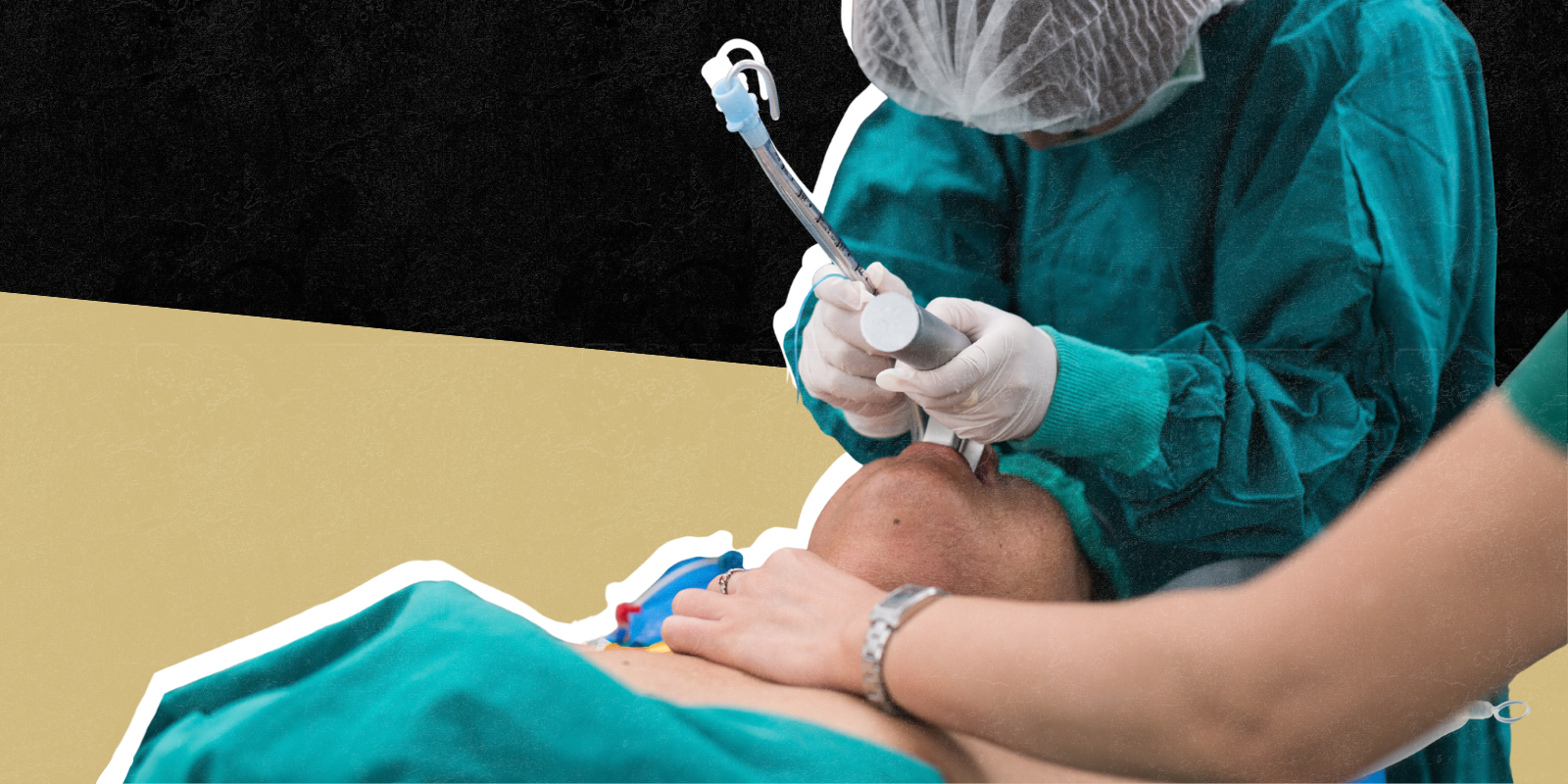Researchers at the University of Colorado Anschutz Medical Campus, along with colleagues at Massachusetts General Hospital, have found that people with diabetes can achieve the same positive results using advanced insulin technology when trained by their primary care providers (PCPs) or through telehealth as they would by seeing a specialist in person.
The study’s findings, which focused on type 1 diabetes, are a major step forward in expanding access to cutting-edge care for people with diabetes, especially for those living in rural or remote areas.
The study was published today in Clinical Diabetes.
"This demonstrates that automated insulin delivery (AID) technology like iLet can be used effectively by PCPs and through telehealth, making this life-saving technology available to more patients — no matter where they live,” said Sean Oser, MD, MPH, an associate professor in family medicine from the CU School of Medicine and lead author of the study.
The researchers found that 97% of all study participants were able to reach healthy blood sugar levels, with 64% achieving even better targets. Training through telehealth or primary care delivered similar results as in-person training by specialists, highlighting the potential for broader access to advanced diabetes care.
|
The CU School of Medicine Barbara Davis Center for Diabetes on the CU Anschutz Medical Campus offers telehealth appointments to established patients for a variety of appointments. |
Oser and his wife, Tamara Oser, MD, both family practitioners and CU Anschutz researchers involved in the study, became passionate about this research when their daughter was diagnosed with type 1 diabetes.
Personal experience inspires researchers
"We recognized that, despite both being medical professionals, obtaining some of the necessary resources for her care proved to be a challenge,” Oser said. “If we were experiencing this difficulty, it was clear that many others likely faced the same issues.”
The researchers found that 75.3% of counties in the United States lack a single endocrinologist, while 96% have at least one primary care provider.
“The latest study proves that with the right training, primary care providers can deliver the same high-quality care using advanced technology without the need for specialized clinics or expensive travel,” Oser said. “By embracing telehealth, this technology can reach even more patients who face barriers to care.”
The research opens the door for millions of people with diabetes to manage their condition more effectively, reduce complications and live healthier lives.
"As diabetes care evolves, we must find ways to make the best treatments accessible to as many people as possible. Primary care and telehealth are key to achieving that goal,” Oser said.
Although the initial study lasted just two weeks, Oser said that they have received approval for a second study, which will span 13 weeks and include both type 1 and type 2 diabetes patients.


.png)

